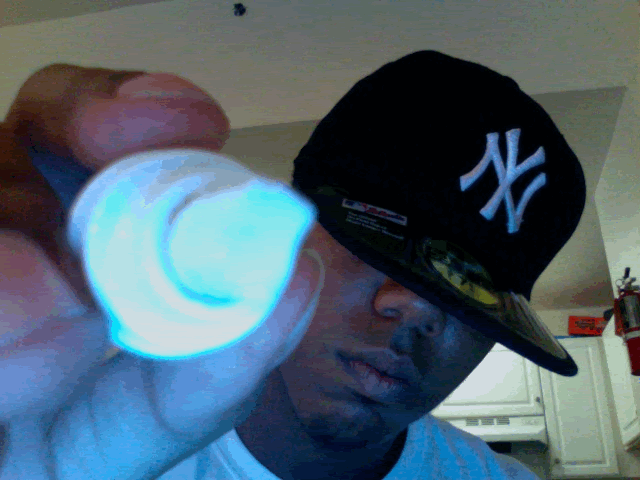Wednesday, November 18, 2009
LEarning Log 9 11/18 Service Design
Dan Saffer's Service Design chapter was a great read and I enjoyed thinking about the aspects of service design. Making it to be a good interface for people to engage in and for them to get their desired result. I looked back to the service design of the MTA in New York City, and how they have changed the setup around so now people get less even though they pay more than they ever did. That particular interface has degenerated because the service has been in place for so long that the original design concept has faded and the idea is to make as much money as possible. The idea of competition is what keeps services so conducive to the customer and user. The fact people may not come to you for another place is what keeps companies constantly updating and appealing to its customers so that they don't lose business. It doesn't operate like that with such large entities like the MTA or even Septa, even though Septa in my opinion is better than the MTA in that they keep their service in line with what they provide whereas the MTA cut back on what they offered and charged more for what they did have left. While Septa's rail fleet, stations, and services are not the most current and up to date, they get where you need to go with little complications and difficulties, whereas the MTA, you don't get anywhere easily because they cut back on many things, so while the new trains with automated announcements, pretty stainless steel finishes, and plans for a long procrastinated "Second Avenue Subway", they have very little keeping them competitive. But they are the only mass transit network that can handle the volume of people in New York City. In addition, they are the second largest mass transit network behind the London Underground, so there no competition for them. One redeeming quality about them is their Metrocard which has made the fare control much cleaner and easier. They put kiosks that put out the cards as well as stock every convenience store in the city and outlying suburbs with prepaid cards so they are readily available. Saffer's chapter was great because it laid out the entire process of design as well as what will renovate the concept to the next generation. He talked about RFID tags, and while those are a good idea, they can be easily manipulated through handheld computer hacking. My idea for service design is one that will redefine the phrase "Cutting edge".
Subscribe to:
Post Comments (Atom)

No comments:
Post a Comment